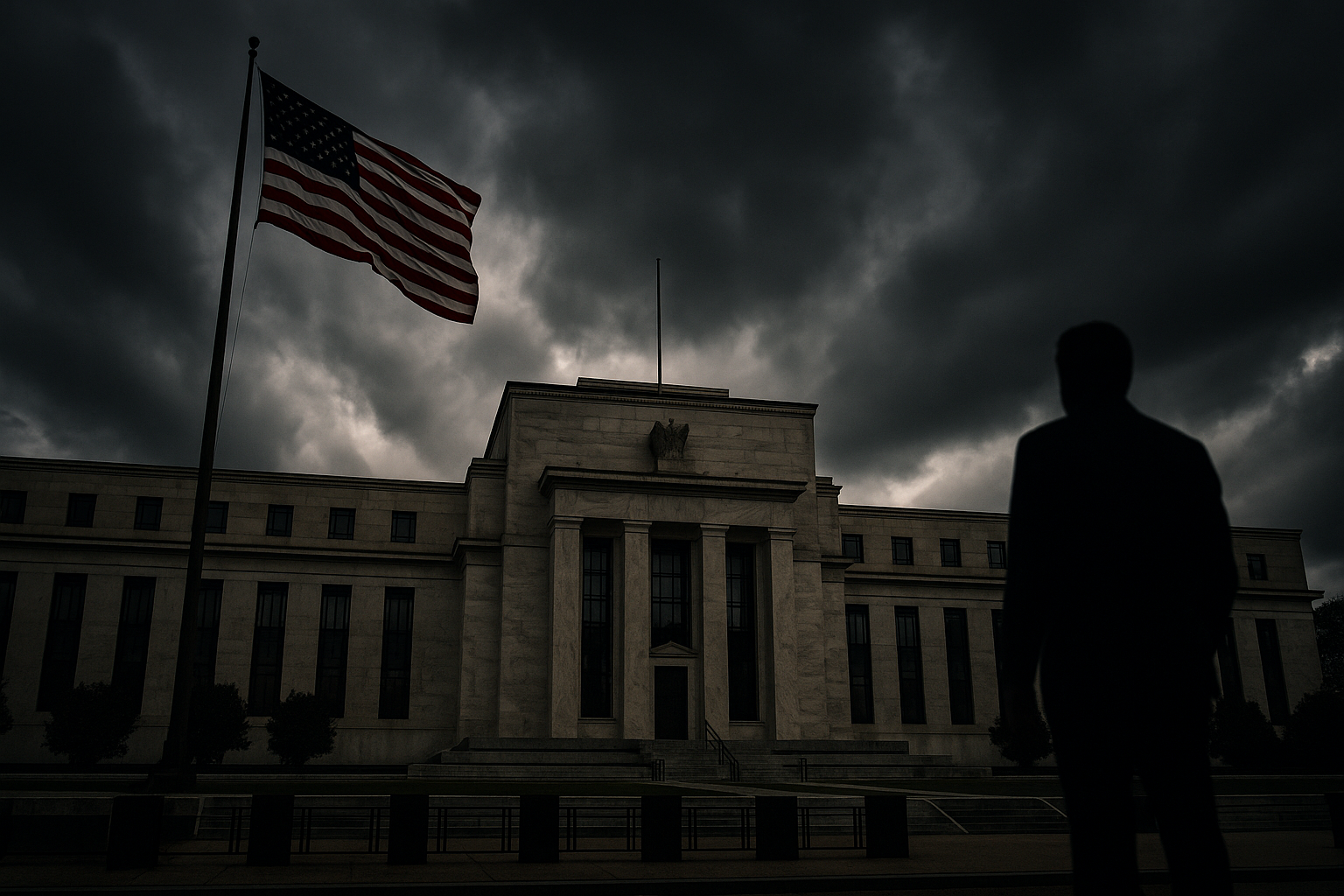
The U.S. stock market finds itself at the crossroads of economic policy and political spectacle as former President Donald Trump intensifies his engagement with Federal Reserve officials and amplifies rhetoric around central bank governance. This high-profile outreach, dubbed the “Trump Fed Tour,” has generated significant volatility across equities, bonds, and currency markets, prompting investors to recalibrate expectations for future monetary policy decisions.
Political Stage Meets Central Banking
Donald Trump, the 45th President of the United States, remains a dominant force in American politics and financial commentary. His recent public remarks, private meetings, and campaign statements directed at the Federal Reserve have reinvigorated debates about the central bank’s independence and its role in the broader economy. Market observers note that these developments are not isolated, but rather part of a sustained campaign strategy that has placed the Federal Reserve at the forefront of election-year discourse.
Trump’s renewed focus on the Fed comes amid ongoing speculation about potential leadership changes if he were to regain the presidency. He has signaled possible shifts in interest rate policy, currency valuation, and the Fed’s dual mandate. This assertiveness has unsettled investors, who typically favor predictability and gradualism from the nation’s monetary authority.
Stock Market Volatility Intensifies
The S&P 500 Index (NYSE: SPX) and other major benchmarks have experienced heightened swings as traders react to headlines and speculation regarding possible interventions in Federal Reserve policy. Financials, technology, and real estate stocks have proven particularly sensitive to rate outlook shifts. Market breadth has narrowed, with investors clustering into defensive sectors while reducing exposure to growth and cyclical names.
Notably, bank stocks (NYSE: JPM), already contending with a flattening yield curve and uncertain economic outlook, have been battered by renewed concerns about policy unpredictability. Meanwhile, technology leaders (NASDAQ: MSFT) and other high-growth companies are contending with valuation pressures as the possibility of higher rates is reintroduced into market calculus.
Interest Rate Expectations in Flux
Central to the volatility is the re-pricing of interest rate expectations. The Federal Reserve, under current Chair Jerome Powell, has emphasized data-dependence and a gradual approach to tightening or easing. However, Trump’s campaign rhetoric suggests a more activist approach, favoring swifter and potentially deeper rate cuts to stimulate economic growth and bolster U.S. competitiveness.
This perceived threat to the Fed’s independence has resulted in a sharp repricing of risk assets. Treasury yields (NASDAQ: TLT) have seesawed as bond traders attempt to parse future policy. The U.S. dollar (NYSE: UUP) has fluctuated against global currencies, reflecting uncertainty about how aggressive or interventionist a future administration might be with respect to monetary and currency policy.
Corporate Response and Strategic Adjustments
U.S. companies, particularly those sensitive to interest rates and global capital flows, are reassessing capital allocation and hedging strategies. Real estate investment trusts (NYSE: VNQ) have reported renewed caution around new development projects, while multinationals with significant foreign currency exposure are actively evaluating their risk management frameworks.
Corporate executives are mindful that the next administration’s stance on central banking could meaningfully alter the cost of capital, debt refinancing timelines, and overall economic conditions. As such, earnings guidance from leading firms in finance, consumer discretionary, and industrial sectors has increasingly referenced “policy risk” as a key factor in their outlooks.
Long-Term Implications for Financial Markets
While political influence on monetary policy is not new, the scale and visibility of the Trump Fed Tour has underscored the fragility of market confidence in the institution’s independence. Should investors perceive that the Federal Reserve’s decisions are subject to political interference, the risk premium on U.S. assets could rise, driving higher volatility and potentially eroding the dollar’s status as the world’s primary reserve currency.
In the months ahead, market participants will closely watch not only policy pronouncements, but also the evolving relationship between political leaders and central bankers. The outcome of this dynamic will have profound implications for asset prices, global capital flows, and the economic trajectory of the United States.
Disclaimer:
This article is for informational purposes only and does not constitute investment advice. All investments involve risk. Please consult with a qualified financial advisor before making investment decisions.





